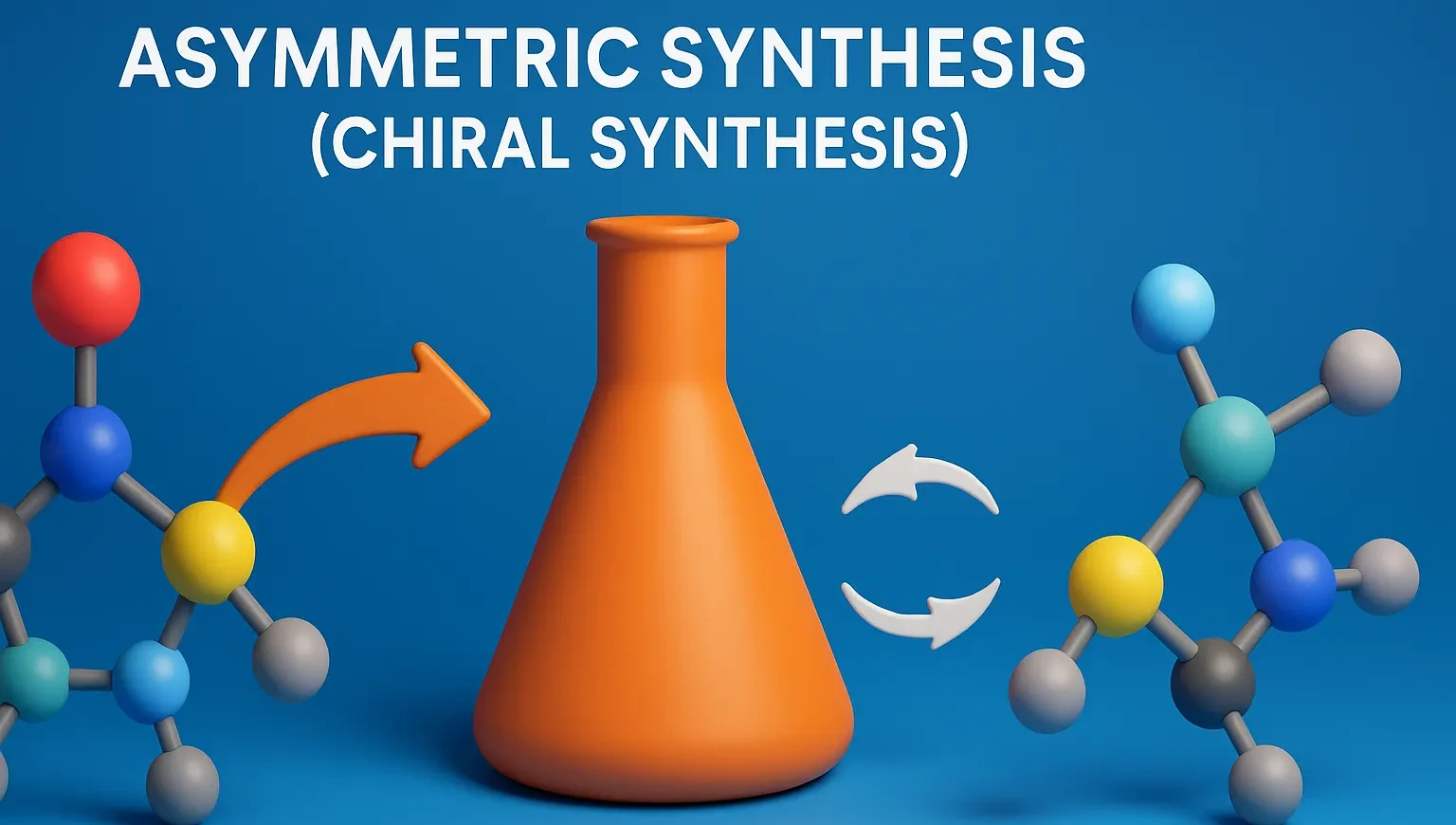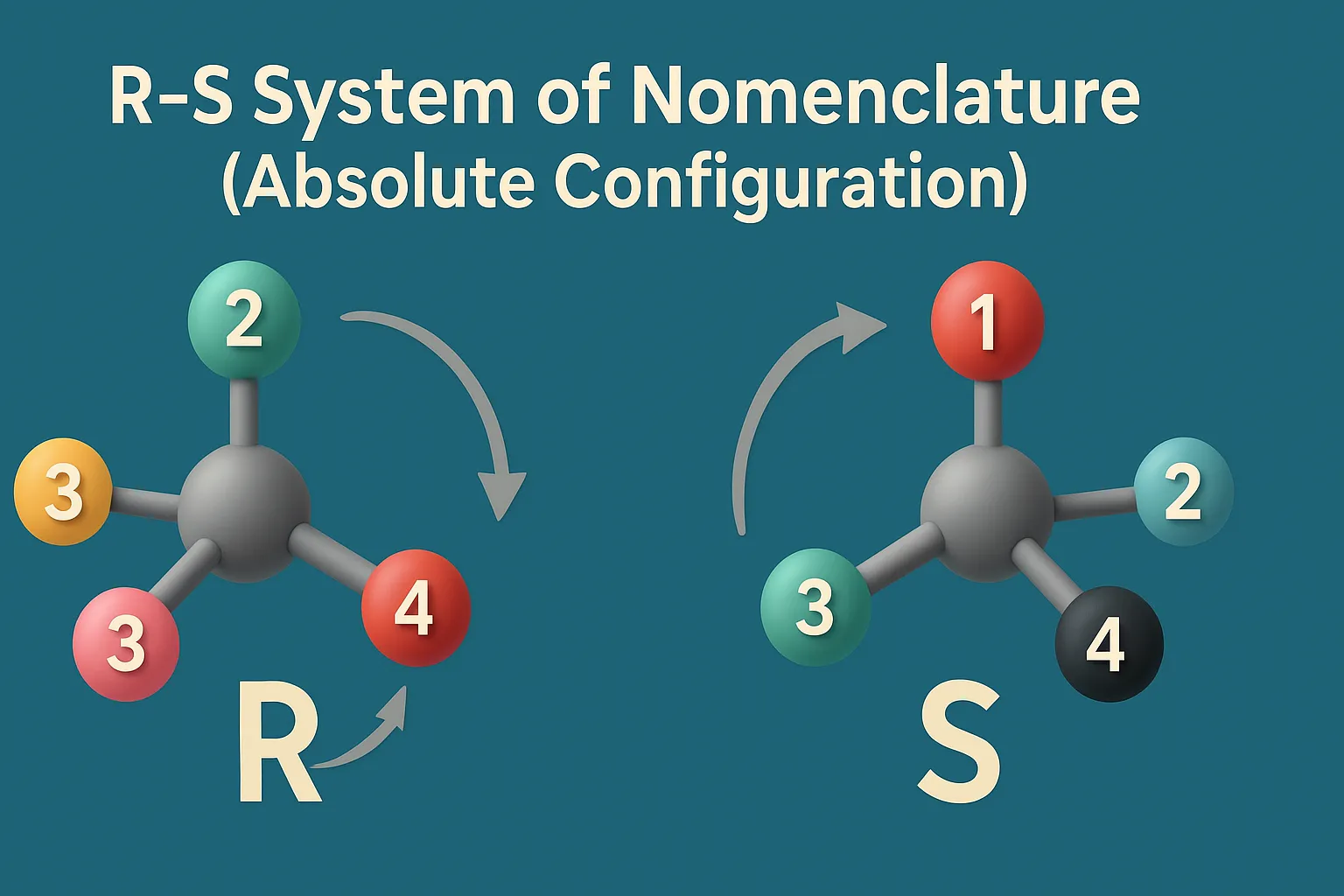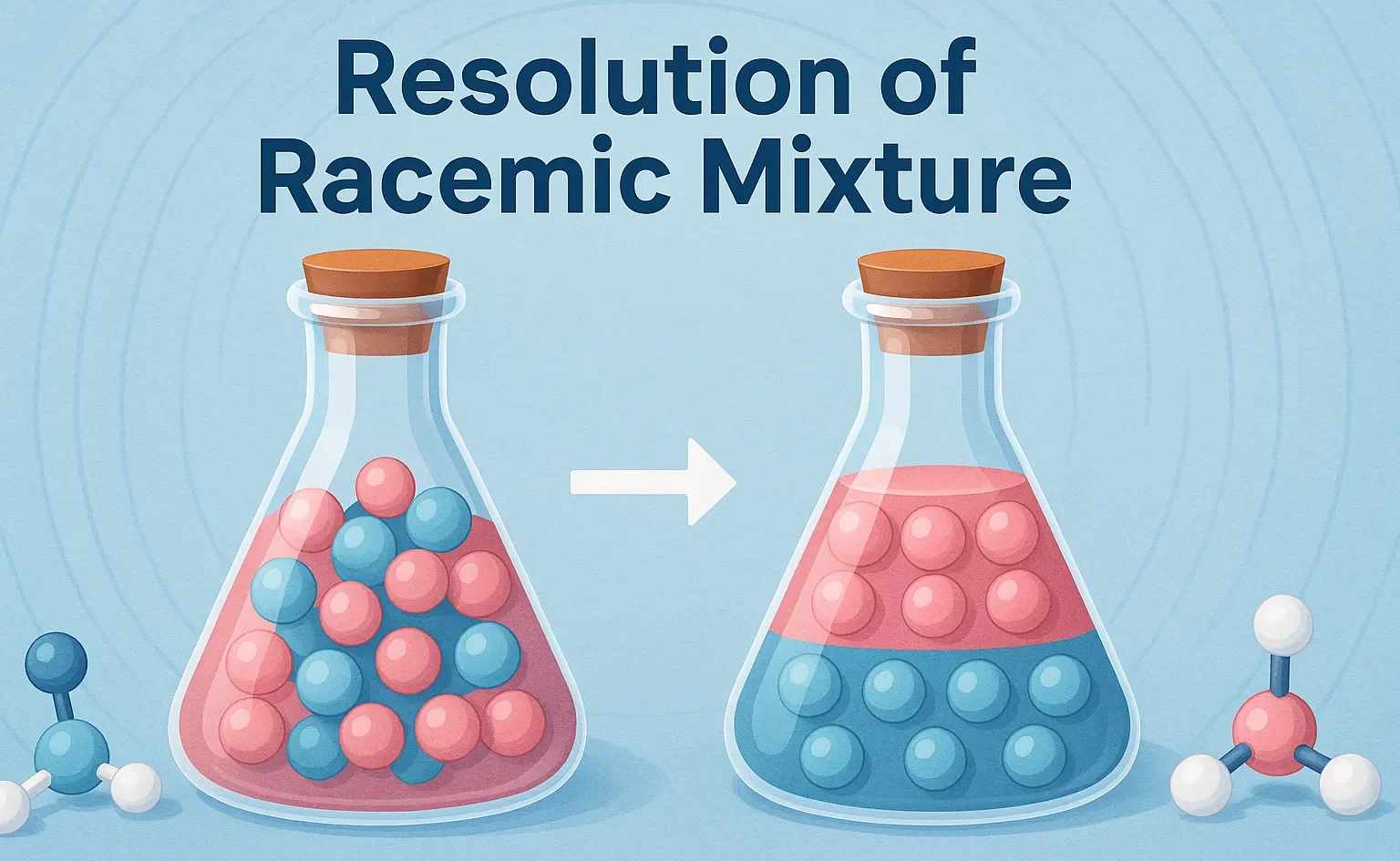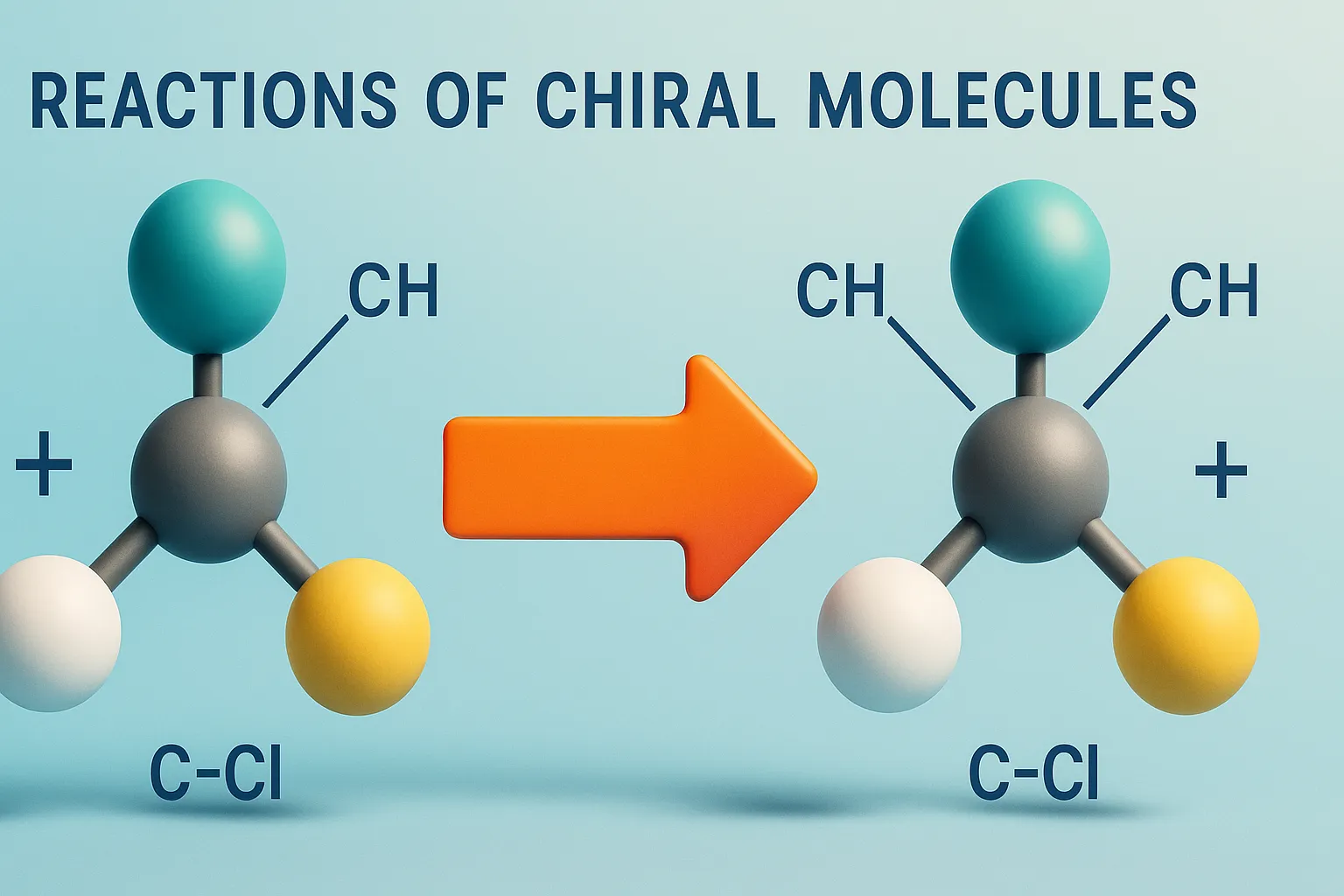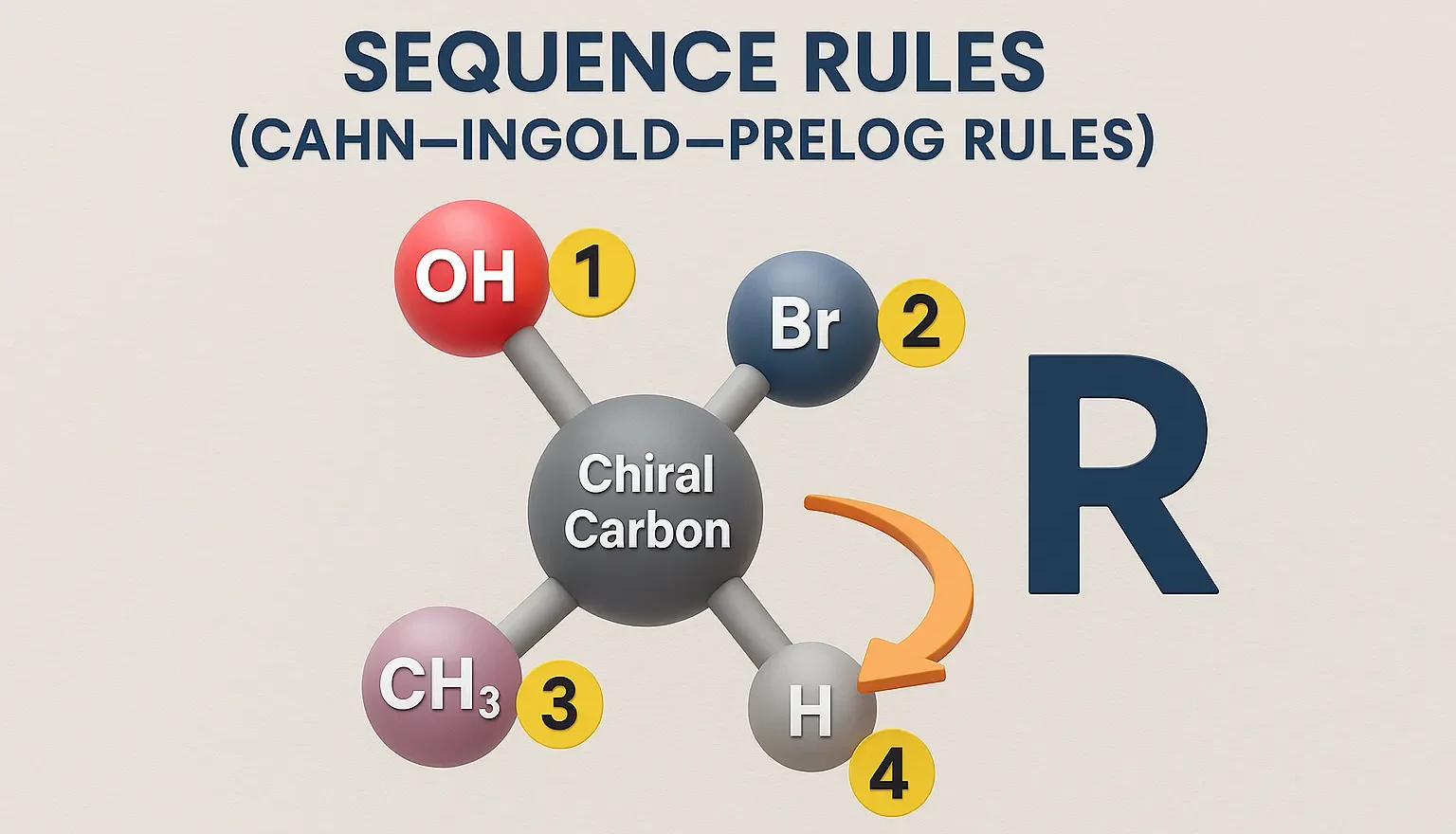Meperidine Hydrochloride (Pethidine)
Meperidine Hydrochloride (Pethidine) acts on μ-opioid receptors, producing analgesia and sedation. It is an opioid analgesic for moderate to severe pain relief. Chemical Formula: C₁₅H₂₁NO₂·HCl Mechanism of Action: Synthetic μ-opioid agonist Also has anticholinergic and local anesthetic properties Therapeutic Uses of Meperidine Hydrochloride (Pethidine): Acute pain Obstetric analgesia (short duration) Post-anesthesia shivering Side Effects of … Read more




